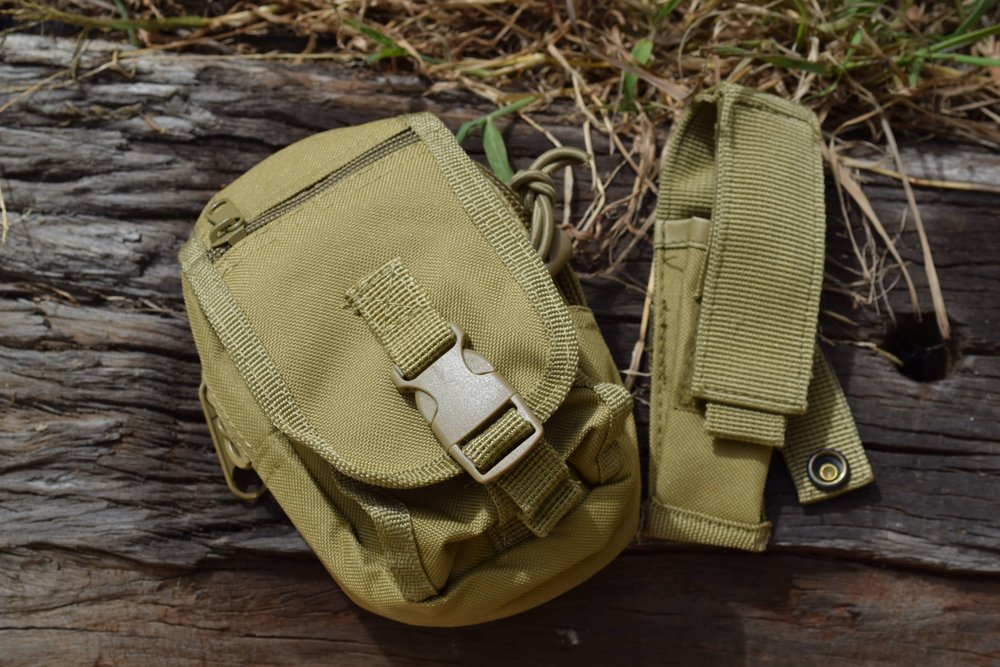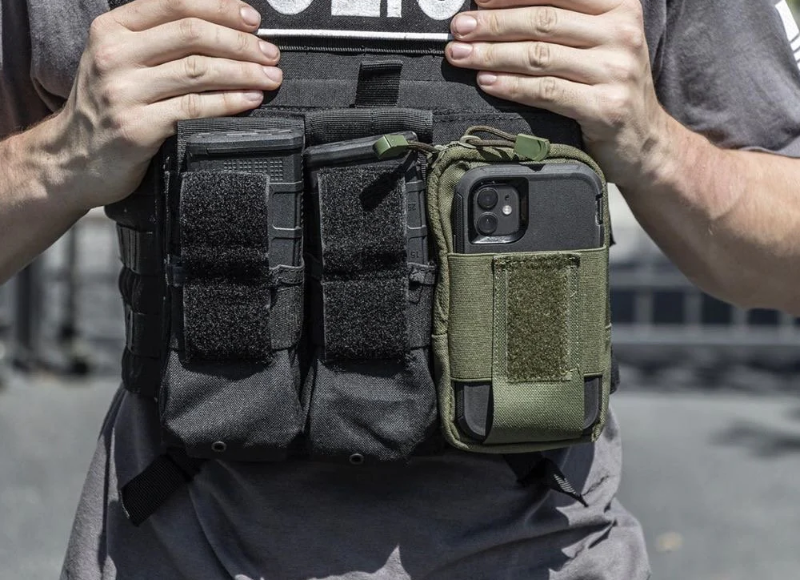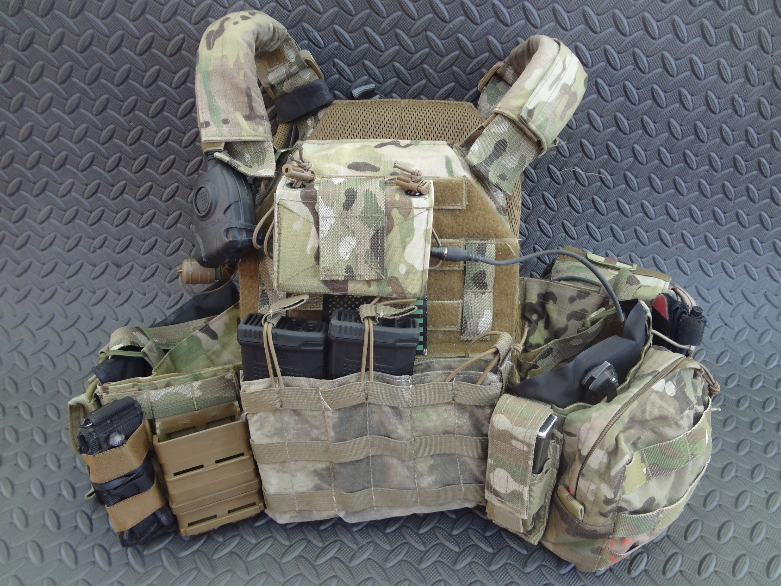Lifestyle
Tactical Gear: The Whole Story Behind MOLLE Pouch System
Whether you’re in the military, law enforcement or you’re a firefighter, you must have heard about the MOLLE system. You may have been asking yourself: what does MOLLE stand for? MOLLE (pronounced mol-lee, homophonic to the name Molly) stands for “modular lightweight load-caring equipment”. The term describes a system of attachment that holds pouches and modules to your tactical backpacks, rucksack, belts and plate carriers.
Simply put, MOLLE is a gear layered with rows and columns of webbing, allowing you to adapt your equipment to specific purposes. You can completely customise your tactical gear to suit your mission by using this system.
MOLLE and PALS

While searching for MOLLE pouches or other MOLLE compatible products, you’ll probably come across the term PALS. The modularity of the MOLLE system comes from the Pouch Attachment Ladder System (PALS), which contains rows of heavy-duty nylon fabric stitched onto the backpacks, vests and other gear. Since PALS is the foundation of MOLLE and the technology that characterises MOLLE, we use both terms interchangeably.
MOLLE and ALICE
First invented in 1997, MOLLE replaced an older and more heavyweight system called ALICE ( all-purpose lightweight individual carrying equipment). ALICE used fewer webbing rows. Such webbing increased the pressure points and limited weight distribution, which are MOLLE’s key benefits and the main reasons it succeeded ALICE. Although many police forces still use ALICE, the MOLLE is the standard today.
How Does MOLLE work?
The principle behind MOLLE is to allow you to attach various gear like multi-tools, cord ropes, knives, magazines, grenades, flashlights and first-aid kits to your tactical backpack, vest or plate carrier for secure and adaptable on-the-go access. To be well-prepared on the field, you need to thread/weave your compatible MOLLE pouches and modules to secure them on the base. How do you do that?
How to Make the Most Out of Your MOLLE Pouches?

Since there’s a wide variety of tactical MOLLE pouches available, you first need to determine which ones you’ll need the most before you shop for military pouches. You can do that by analysing your mission and the gear you need for it. When you get your modules, you need to utilise your system.
You start by laying your base, let’s take your vest as an example, on a flat surface. Get your MOLLE modules and arrange them on the vest in the order you need to use your gear. Make the items you need the most easily accessible by placing them at the best reach of your hand. Then, you need to weave each MOLLE pouch through the vest and secure it.
One of the most common mistakes is not securing the pouches properly. It’s okay not to know how if you’re a beginner. There are a lot of YouTube demo videos made by experienced soldiers to help make the most out of your tactical pouches. You can watch some of them and then try it yourself. Although everyone has a different method, the main principle is to weave the rows, not through the base only but also the modules.
That way, you’ll have everything attached tight and well-secured without flapping or getting out. Diligent preparation will allow you to organise well and help you concentrate on your mission with minimum distractions regarding your gear. So, what are some of the most popular tactical MOLLE pouches?
The MOLLE Pouch Range

You’ll come across pouches of different sizes made to serve various purposes. Choosing the right ones for you will help to utilise your MOLLE system in the best way possible to make the most out of it on the field. A MOLLE pouch also makes a good military gift.
Magazine Pouches
These pouches, made of a durable material designed to sit on Plate Carriers and belts, allow you to carry extra magazines. Having an additional magazine pouch will ensure you never run out of supplies.
Medical Pouches
Small IFAK (Individual First Aid Kit) pouches have the same functionality as large first aid kits but are more compact.
They often feature small externally accessible velcro closed case for the separate storage of PPE gloves, a mandatory item when dealing with patient and casualty bodily fluids and open injuries. Such a battle-proven design’s key benefit is the ability to tear the pouch off the platform and work with your tactical med kit next to your casualty. Opt for a single large tooth zip that allows the pouch to open completely flat once released, exposing the internal elastic loops and sleeves holding ample basic medical supplies that could make a life-saving difference.
Hydration Pouches
These are usually larger sleeves holding a single 3-litre bladder or two 2-litre bladders. Because of their bigger size, you should mount them on the back of larger platforms, such as a MOLLE-compatible backpack. Look for one that Includes drainage grommets at the bottom for water operations and external attachment points for smaller pouches.
Cyalume Panels
There can be plenty of situations you’ll need your Cyalume light sticks. Keep them in a pouch specially designed to hold at least four sticks. Look for a panel at least two columns wide and will attach to the front of your let or carrier plate.
Smartphone Pouches
When you need your smartphone at hand, you put it in a smartphone MOLLE pouch. Look for a plastic and foam-lined case around the lower edge and bottom for added protection.
Notebook Pouches
Designed with the commander in mind, these pouches are a handy package to carry all your commander-required paraphernalia (notebook, cheat sheets, pens, china graphs, etc.) to those last-minute meetings. Never again will you have to hunt through your kit to try and locate all the things you need and end up on the boss’s dirty job list.
Notebook pouches usually fit easily in your combat trouser pocket, hydration extra-large modules, or Assault Pack. Having one will ensure you always have the proper order kit at the right time.













